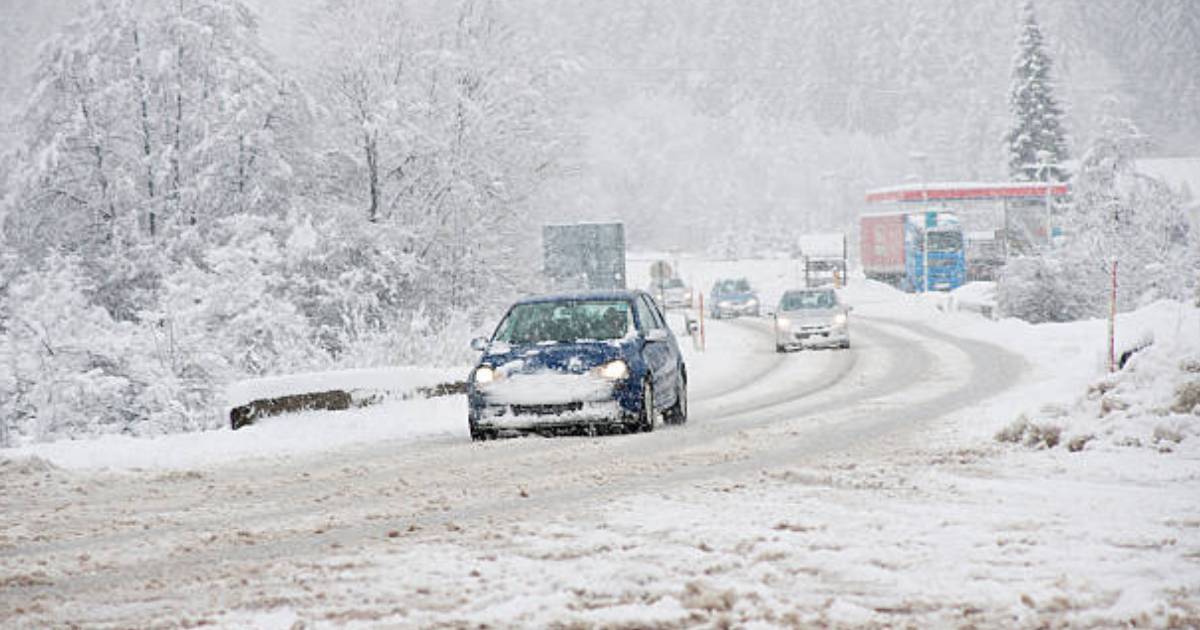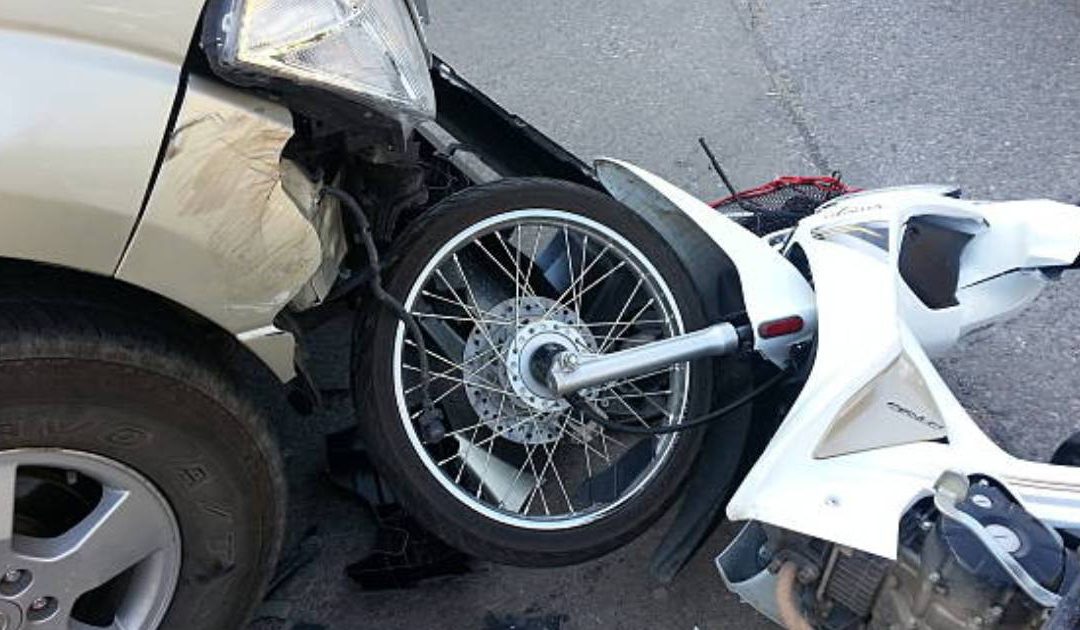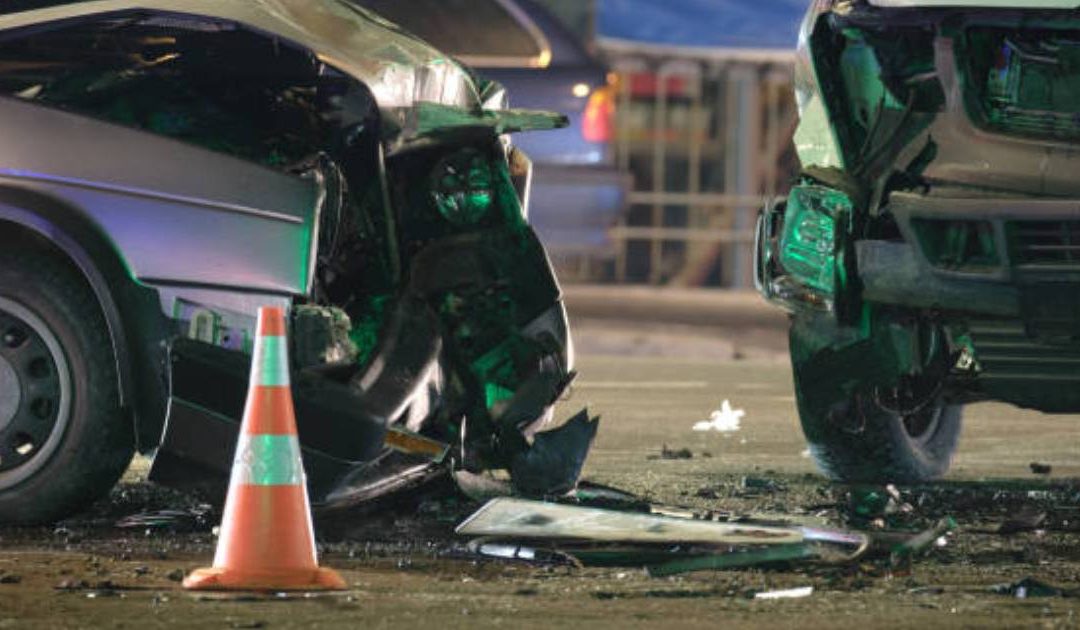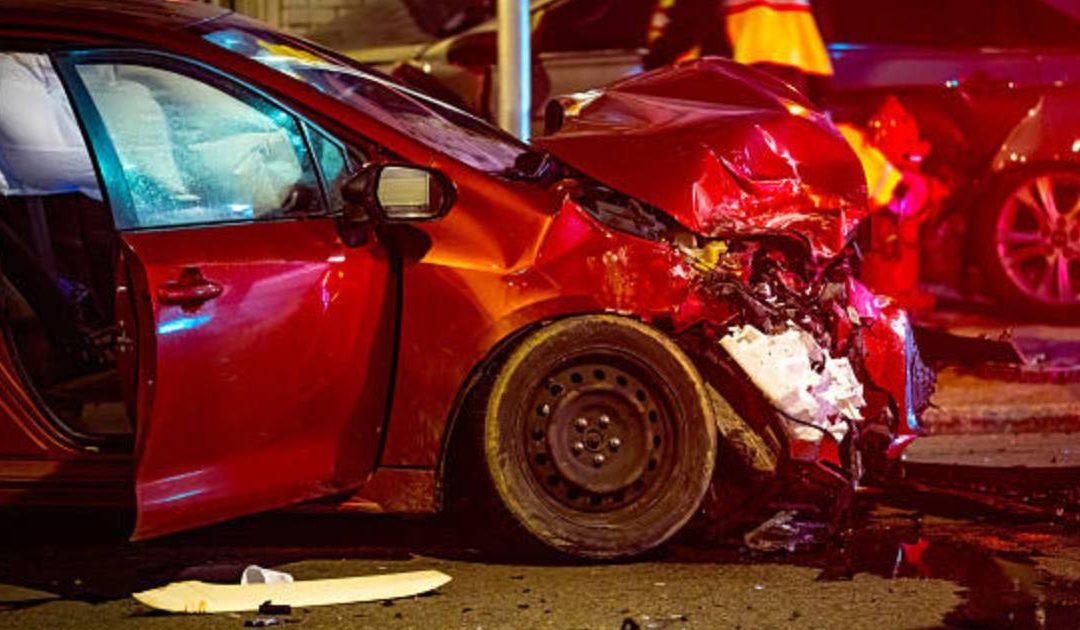Table of Contents
How to Avoid Accidents in the Tri-State Region – Winter Driving Safety. When winter weather hits Ohio, West Virginia, and the Tri-State area, slick roads, snow, and limited visibility make driving far more dangerous. Each year, thousands of crashes occur because drivers underestimate icy conditions or fail to prepare their vehicles properly. At Woelfel & Woelfel LLP, we’ve seen firsthand how preventable winter accidents can change lives. Knowing the risks—and how to avoid them—can help keep you and your loved ones safe on the road.
Common Winter Driving Hazards in OH, the Tri-State Area, and WV
Winter roads across the Tri-State region present unique dangers that can quickly lead to serious collisions.
Common hazards include:
- Black ice – invisible patches of frozen moisture that cause vehicles to slide uncontrollably.
- Snow accumulation – reducing traction, increasing stopping distances, and obscuring lane markings.
- Freezing rain and sleet – creating sudden slick spots, particularly on bridges and overpasses.
- Reduced visibility – from fog, blowing snow, or early sunsets.
- Unplowed secondary roads – especially in rural areas of West Virginia and southern Ohio.
Understanding how these factors contribute to Tri-State winter driving accidents can help you adapt your driving habits and prevent disaster.
Vehicle Preparation for Winter Roads to Avoid Accidents in the Tri-State Region
Before the first snow hits, take time to winterize your vehicle. Proper preparation reduces breakdowns and enhances safety.
- Check tire tread and pressure – cold air lowers tire pressure, and worn tread can’t grip icy pavement.
- Install winter tires for better traction on snow and ice.
- Inspect brakes and fluids – ensure your brake system, antifreeze, and windshield washer fluid are winter-ready.
- Replace worn wipers and keep an ice scraper in your car.
- Test your battery – extreme cold drains power quickly.
Carrying an emergency kit—including blankets, jumper cables, water, and a flashlight—can make a major difference if you’re stranded during severe weather.
Driving Tips for Snow, Ice, and Black Ice
Even experienced drivers struggle on slick roads. Keep these winter driving safety tips in mind:
- Slow down and increase following distance. On icy roads, braking distances triple.
- Avoid sudden acceleration or braking to prevent skidding.
- Use gentle steering movements—sharp turns can cause loss of control.
- Don’t use cruise control in icy conditions.
- Approach bridges and shaded areas carefully, as they freeze first.
- Clear all windows and mirrors before driving to maintain full visibility.
Remember, defensive driving saves lives—especially during winter months in the Ohio River Valley and surrounding Tri-State highways.
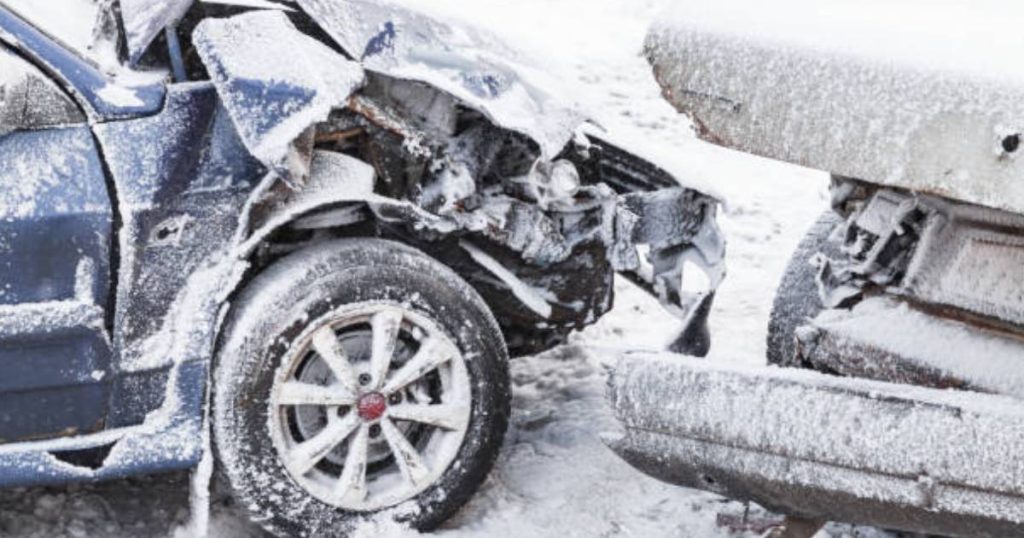
What to Do If You Crash in Winter Conditions
Even careful drivers can get caught in dangerous weather. If you’re involved in a winter accident:
- Stay calm and stay in your vehicle if it’s unsafe to exit.
- Turn on hazard lights to alert other drivers.
- Call 911 and report your location, especially if injuries are involved.
- Document the scene—take photos of damage, road conditions, and weather visibility.
- Exchange information with the other driver, but avoid discussing fault.
- Seek medical attention immediately, even for minor pain or stiffness.
After ensuring your safety, contact an experienced personal injury attorney. Insurance companies often undervalue winter crash claims, blaming drivers for “weather conditions” rather than negligence.
Legal Options After a Winter Driving Accident
If your accident was caused by another driver’s carelessness—such as speeding on ice, failing to clear snow, or driving without proper tires—you may be entitled to compensation for:
- Medical expenses and rehabilitation
- Lost wages and reduced earning capacity
- Vehicle repair or replacement
- Pain and suffering
At Woelfel & Woelfel LLP, our attorneys investigate every detail—accident reports, weather data, and vehicle evidence—to determine fault and pursue maximum recovery. We represent clients across West Virginia, Ohio, and the Tri-State region, helping injured drivers and passengers rebuild their lives after winter weather collisions.
Final Thoughts
Winter driving in the Tri-State region demands extra caution, patience, and preparation. By maintaining your vehicle, adjusting your speed, and staying alert, you can reduce the risk of becoming another cold-weather statistic.
If you’ve been injured in a Tri-State winter driving accident, don’t face the aftermath alone. Contact Woelfel & Woelfel LLP for a free consultation. We’ll help you understand your rights and fight for the compensation you deserve.
Read More: Explore our guides on Do I Really Need a Lawyer After a Car Accident? Critical 2025 info and Tri-State Personal Injury: What You Need to Know After an Accident to learn more about protecting your recovery after a serious collision. You can also connect with us on Social Media (click here).

